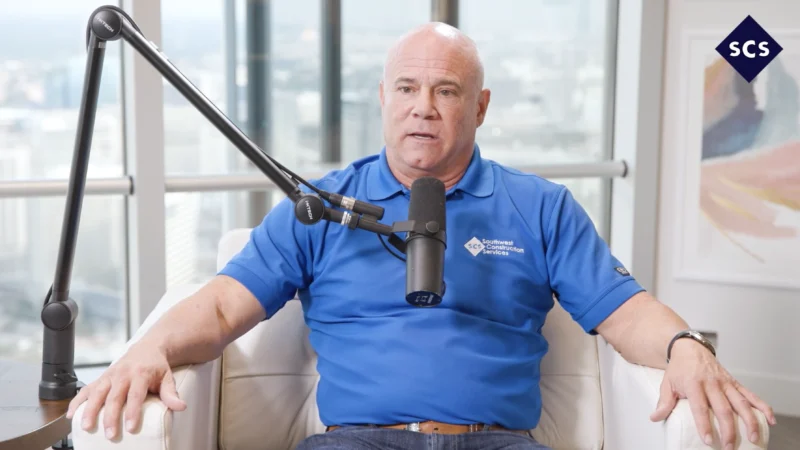How Modular Conveyor Systems Help Alleviate Supply Chain Challenges
Modular is having a moment and the motivations are clear. Modular is easy to assemble, adaptable and avoids supply chain disruptions. Now, Designed Conveyer Systems offers a modular conveyor system option. Host Tyler Kern spoke with Designed Conveyor System’s Todd Jones, VP of Project Delivery, and Meg Culler Smith, CP of Engineering on the topic of modular conveyor system pieces.
“A modular conveyor system is a complete conveyor system designed to transport a variety of products. But the trick is that it’s put together from a very few basic building blocks of conveyers,” said Meg Culler Smith, Vice President of Engineering. The modular building blocks include straight sections, curves, merges, diverts, lift gates, herringbone sections, and more. The units arrive assembled and pre-wired. Once the sections are put together and plugged in, the system is ready to be used. “These are fairly simple systems. There’s not a lot of sophisticated electronics, which is the primary driver of supply chain issues today,” said Todd Jones, Vice President of Project Delivery. The modular conveyor system comes in standard sizes. They are not made to order but readily available.
One particular DCS client opted for the modular conveyor system while waiting for its permanent solution. The modular system will be built outside of the permanent system’s footprint, so the site can be up and running before the permanent elements are ready. Once the permanent system is tested and running, the company can take down the modular design, store it as a backup, move it to a new site, or resell it.
“These systems let you do more, with less,” said Jones. With fewer technical elements, the modular conveyor system doesn’t need highly skilled laborers to put the systems together. They’re easy to assemble and disassemble. The systems are cost-effective, flexible, and quick to implement. “Some people like to call them legos, any of those kinds of modular toys that you had as a child. Because these pieces are all designed to connect to each other in various configurations, so, you know, if you can dream it, you can build it,” said Smith.




